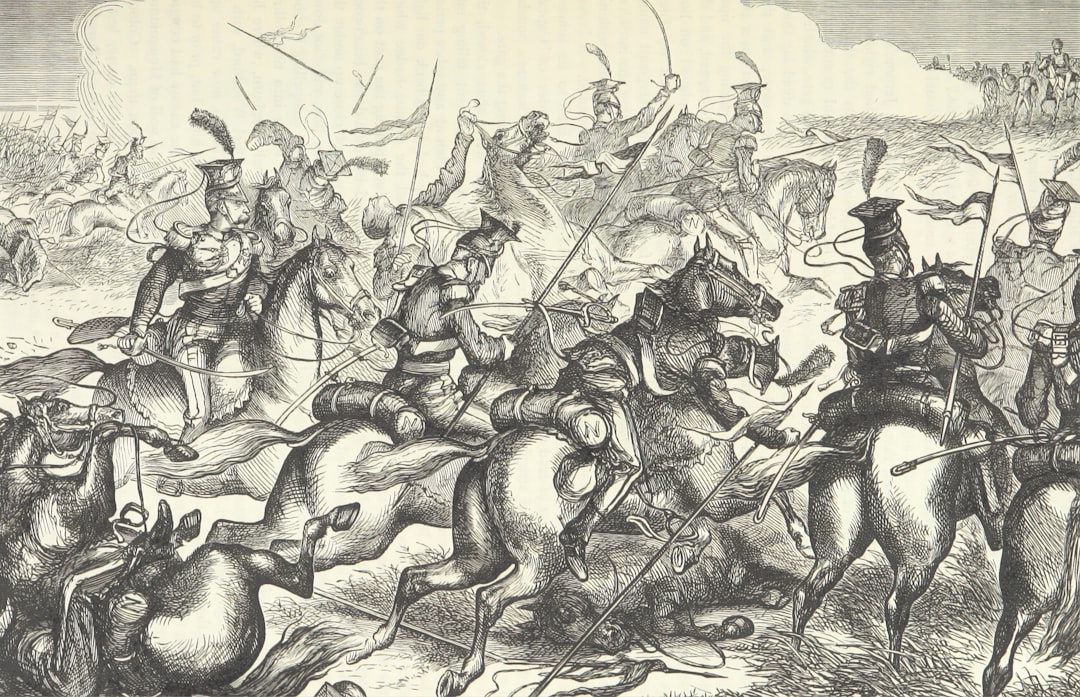As you delve into the world of Godzilla, you embark on a journey that spans decades, cultures, and cinematic styles. The iconic kaiju has undergone a remarkable transformation since its debut in 1954, reflecting not only the changing landscape of film but also the societal anxieties of each era. From its origins steeped in horror to its more recent portrayals that blend realism with emotional depth, Godzilla’s tone has evolved significantly.
This evolution is not merely a matter of changing special effects or storylines; it is a reflection of the times and the creative minds behind the camera. By examining these shifts, you can gain a deeper understanding of how Godzilla has remained relevant and resonant across generations. The journey of Godzilla is a fascinating case study in how a single character can adapt to the cultural zeitgeist while still retaining its core identity.
Each era of Godzilla films has brought with it a unique tone, influenced by the directors, writers, and societal contexts of the time. As you explore these different phases, you will see how Godzilla has been shaped by the fears and hopes of humanity, serving as both a mirror and a commentary on the world around us. This article will take you through the various eras of Godzilla’s cinematic history, highlighting how each phase has contributed to the monster’s enduring legacy.
Key Takeaways
- Godzilla’s tone has evolved over the years, reflecting the influence of different eras and directors.
- The original era embraced horror and destruction, setting the tone for future iterations of Godzilla.
- The Showa era focused on camp and spectacle, bringing a more light-hearted and entertaining tone to the franchise.
- The Heisei era took a serious and political approach, reflecting the social and political issues of the time.
- The Millennium era shifted towards action and fantasy, appealing to a new generation of fans.
The Original Era: Embracing the Horror and Destruction
The Monster as a Symbol of Fear
Godzilla is not just a monster; he is a manifestation of humanity’s darkest fears—an unstoppable force that wreaks havoc on cities and lives. The tone of this era is marked by a somber seriousness that reflects the trauma of a nation grappling with its past.
A Haunting Portrayal of Destruction
The film’s haunting score and stark cinematography enhance the sense of dread, making Godzilla’s rampage feel all too real. You witness not just destruction but also the emotional toll it takes on survivors, as families are torn apart and lives are irrevocably changed.
A Complex Character Emerges
This deep-rooted horror sets the stage for Godzilla’s character as a tragic figure rather than merely a villain, establishing a complex relationship between monster and audience that would evolve over time.
The Showa Era: Embracing the Camp and Spectacle

As you transition into the Showa era, which began in 1955 and lasted until 1975, you will notice a significant tonal shift. The once terrifying Godzilla began to embrace camp and spectacle, transforming into a more family-friendly character. This era introduced colorful costumes, whimsical storylines, and even comedic elements that softened the monster’s image.
Films like “Godzilla vs. Mothra” and “Godzilla vs. Mechagodzilla” showcased epic battles that were more about entertainment than existential dread.
This shift in tone reflects a broader cultural change in Japan during the 1960s and 70s. As society began to heal from the scars of war, audiences sought escapism and fun rather than fear. You can see how Godzilla became a hero in some films, fighting against other monsters to protect humanity rather than destroy it.
This duality—being both a protector and a destroyer—adds layers to Godzilla’s character, allowing viewers to engage with him on different levels. The campy nature of these films invites laughter and joy, creating a sense of community among fans who revel in the absurdity of giant monsters battling it out.
The Heisei Era: Embracing the Serious and Political
| Year | Events | Impact |
|---|---|---|
| 1989 | Emperor Hirohito’s death, Akihito becomes Emperor | Start of the Heisei era |
| 1995 | Great Hanshin Earthquake | Massive destruction and loss of life |
| 2001 | Prime Minister Junichiro Koizumi takes office | Economic and political reforms |
| 2011 | Fukushima Daiichi nuclear disaster | Environmental and health concerns |
The Heisei era, spanning from 1984 to 1995, marked a return to seriousness in Godzilla films, reintroducing themes of political commentary and environmental concerns. As you explore this period, you will find that directors like Koji Hashimoto and Takao Okawara sought to address contemporary issues through Godzilla’s narrative. The films became more introspective, often reflecting Japan’s anxieties about nuclear power and environmental degradation.
In this era, Godzilla is once again portrayed as a force of nature—an uncontrollable entity that serves as a warning against humanity’s reckless behavior. You can sense the urgency in films like “Godzilla vs. Biollante,” where genetic engineering and ecological disaster take center stage.
The tone is darker and more reflective, inviting audiences to consider their role in shaping the world around them. This serious approach not only revitalized interest in the franchise but also solidified Godzilla’s status as a cultural icon capable of addressing complex themes.
The Millennium Era: Embracing the Action and Fantasy
As you move into the Millennium era from 1999 to 2004, you will notice yet another tonal shift as filmmakers embraced action and fantasy elements. This period saw a variety of interpretations of Godzilla, with each film offering a unique take on the character while leaning heavily into action-packed sequences and imaginative storytelling. Directors like Takashi Miike and Shusuke Kaneko brought fresh perspectives that allowed for greater creativity in how Godzilla was portrayed.
In this era, you can see how Godzilla became more than just a monster; he evolved into an anti-hero who often faced off against other fantastical creatures. Films like “Godzilla: Tokyo S.O.S.” showcase thrilling battles filled with stunning visual effects that captivate audiences. The tone is lighter than in previous eras but still retains an underlying sense of danger and excitement.
This blend of action and fantasy allows viewers to escape into a world where anything is possible, reaffirming Godzilla’s status as a beloved figure in popular culture.
The Legendary Era: Embracing the Realism and Emotional Depth

The Legendary era began with “Godzilla” in 2014 and has continued to evolve with subsequent films like “Kong: Skull Island” and “Godzilla vs. Kong.” In this phase, you will find an emphasis on realism and emotional depth that resonates with modern audiences. Directors like Gareth Edwards and Adam Wingard have crafted narratives that explore not only the spectacle of giant monsters but also their impact on humanity.
In these films, Godzilla is portrayed as a complex character with motivations that go beyond mere destruction. You witness his role as a guardian of balance in nature, fighting against other titans that threaten the world. This nuanced portrayal invites viewers to empathize with Godzilla rather than fear him.
The emotional stakes are heightened as human characters grapple with their own struggles against the backdrop of colossal battles. This blend of realism and emotional depth creates a rich tapestry that speaks to contemporary concerns about environmental issues and humanity’s place within nature.
The Influence of Directors on Godzilla’s Tone
Throughout Godzilla’s cinematic history, directors have played an instrumental role in shaping the tone of each film. Each filmmaker brings their unique vision and style to the franchise, influencing how audiences perceive Godzilla at any given time. From Ishirō Honda’s haunting portrayal in the original film to Gareth Edwards’ modern interpretation, directors have consistently pushed boundaries while remaining true to Godzilla’s essence.
You can see how directors have navigated societal changes and audience expectations over time. For instance, during the Showa era, directors embraced campiness to reflect a desire for lighthearted entertainment after years of turmoil. In contrast, during the Heisei era, filmmakers tackled pressing political issues head-on, using Godzilla as a vehicle for social commentary.
This adaptability showcases not only the versatility of Godzilla as a character but also highlights how directors have harnessed their creative talents to keep the franchise alive.
The Enduring Impact of Directors on Godzilla’s Legacy
As you reflect on Godzilla’s evolution over the decades, it becomes clear that directors have been pivotal in shaping not only the tone but also the legacy of this iconic monster. Each era has brought forth new interpretations that resonate with audiences while addressing contemporary issues and fears. From horror to camp to serious political commentary, Godzilla has proven to be an adaptable character capable of reflecting societal changes.
The enduring impact of directors on Godzilla’s legacy cannot be overstated; they have breathed life into this kaiju in ways that continue to captivate audiences around the world. As you look ahead to future installments in the franchise, you can anticipate further evolution—new tones, fresh perspectives, and innovative storytelling that will keep Godzilla relevant for generations to come. Ultimately, this journey through time reveals not just a monster but a cultural phenomenon that speaks to our collective human experience.
